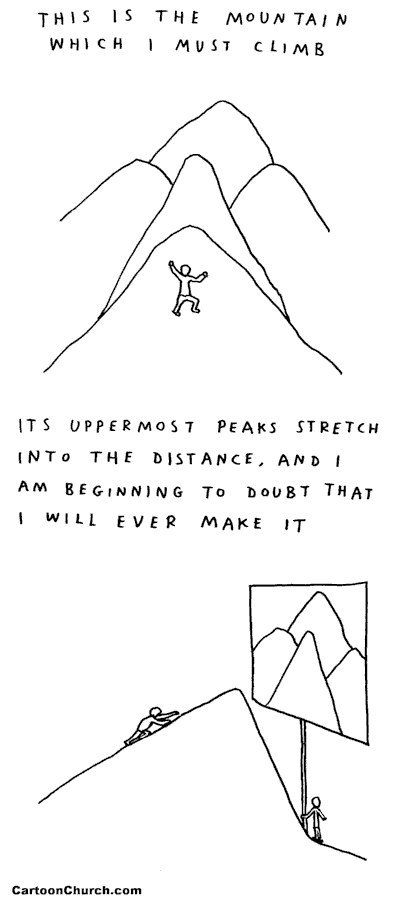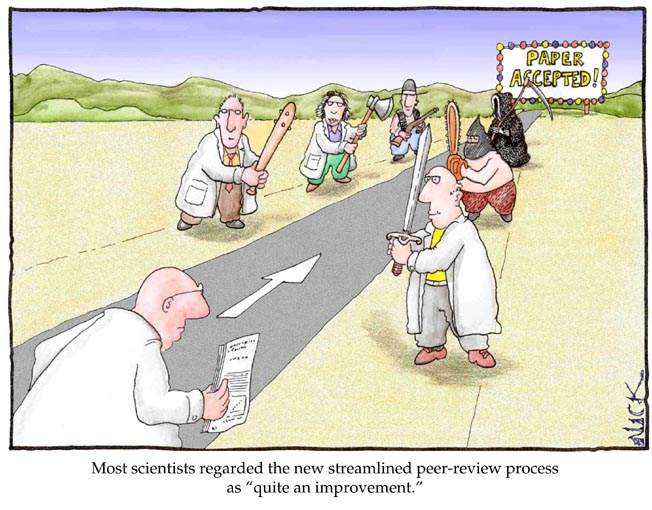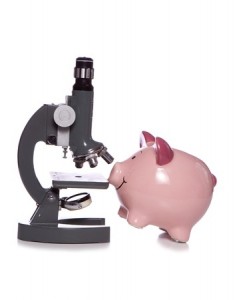 Aims and objectives provide an excellent framework for the case for support in a research grant application.
Aims and objectives provide an excellent framework for the case for support in a research grant application.
A well-written case for support states an overarching aim based on a big research question. It shows how this big question gives rise to three or four smaller questions and then describes a research project that will answer those questions. The compelling logic for the reader is that the project deserves to be funded because it has been intricately designed to answer the big question. The truth may be that the intricacy lies more in the writing than in the project’s design. Matching sets of aims and objectives can be crafted to link a pre-designed project to a pre-existing big question.
Before we consider how to do this, let’s be absolutely clear about the difference between aims and objectives. There’s an excellent discussion of the difference in the context of a PhD project, by Pat Thomson. She defines the aim as “…what you want to know…” and the objectives as “…the specific steps you will take to achieve your aim..” This definition works perfectly for our purposes.
We can apply this distinction more or less directly in a grant application as follows.
- Aims are the knowledge and understanding that you need in order to answer your research question. Well-designed aims create clear links between your research project and the big, important question that motivates it.
- Objectives are specific research actions that you plan to carry out in your research project. The objectives define the structure of the research project. This means that if you design your project carefully, it will be clear that your research objectives will fulfil the aims defined by your research question.
The easy way to link up the aims and objectives is to start by describing the research that you want to do and what it will find out. You should divide your research project into (or assemble it from) three or four sub-projects. Each sub-project will lead to a clear discovery or outcome. Each outcome generates an exactly corresponding aim. If you want to do a sub-project that will discover how neurones in the cerebral cortex respond to lights of different colours, you have to have the aim “We need to know how neurones in the cerebral cortex respond to lights of different colours”. Working backwards from the objectives in this way means that aims and objectives match perfectly. No skill is required
The place where skill is required is in tying together the three or four aims and making the case that meeting each of them will make a significant contribution to solving a larger research problem that is important to your target funder. That is where the real skill of writing grant applications lies.
For completeness, in addition to this set of three or four aims with precisely matching objectives, I would recommend another four sentences which are a more complex mix of aim and objective and which would be used to set the context in any full statement of the aims and objectives. So a full statement of the aims and objectives would be as follows.
- The first sentence, which would be the first sentence of the case for support, would be a one sentence summary of the whole proposal. It would state the overall aim of the project, which is to take us closer to solving the larger research problem, and the overall objective, which is to carry out the research project. This is a very difficult sentence to write but a very important one, for two reasons. First, it gets the reader excited about the project by telling them its aim and its objective. Second, because it tells everything in a single sentence, it can afford to gloss over uncertainties, helping the reader to form a positive view of the project.
- Second, there is a sentence that states why the research problem is important and which may also introduce the specific aims.
- Immediately after this sentence you would state the three or four specific aims.
- Third, after stating the specific aims, you need to set the scene for stating the specific objectives with an introductory sentence that describes the nature of the research project.
- The three or four specific objectives, stating research outcomes that exactly match the specific aims, would be stated immediately after it.
- After the objectives, there should be a sentence that says what will be done with the research outcomes. In a sense this is an overall objective which should ensure that the overall outcome of the research project contributes to solving the larger research problem that motivates the entire project.
Finally I should make it clear that, although it matters for understanding this post, for the purpose of grant-writing, it doesn’t matter that some authorities, including the Oxford dictionary, do not distinguish between aims and objectives in exactly the same way as I do. What matters in a grant application is how you present the argument that links your project to the important question. Whether you call any individual link an aim or an objective is neither here nor there.







